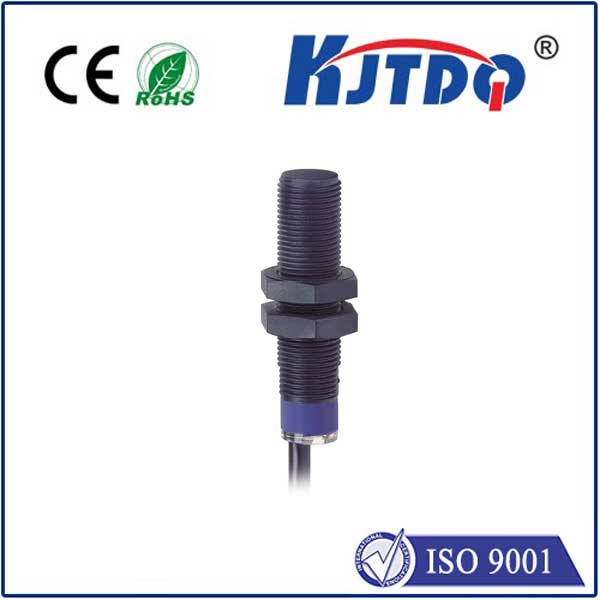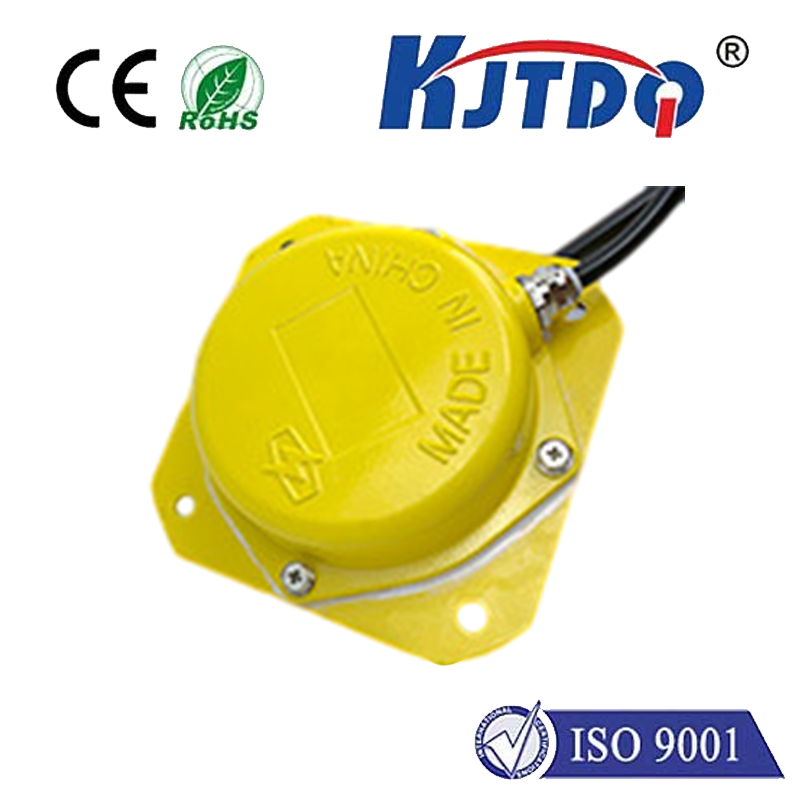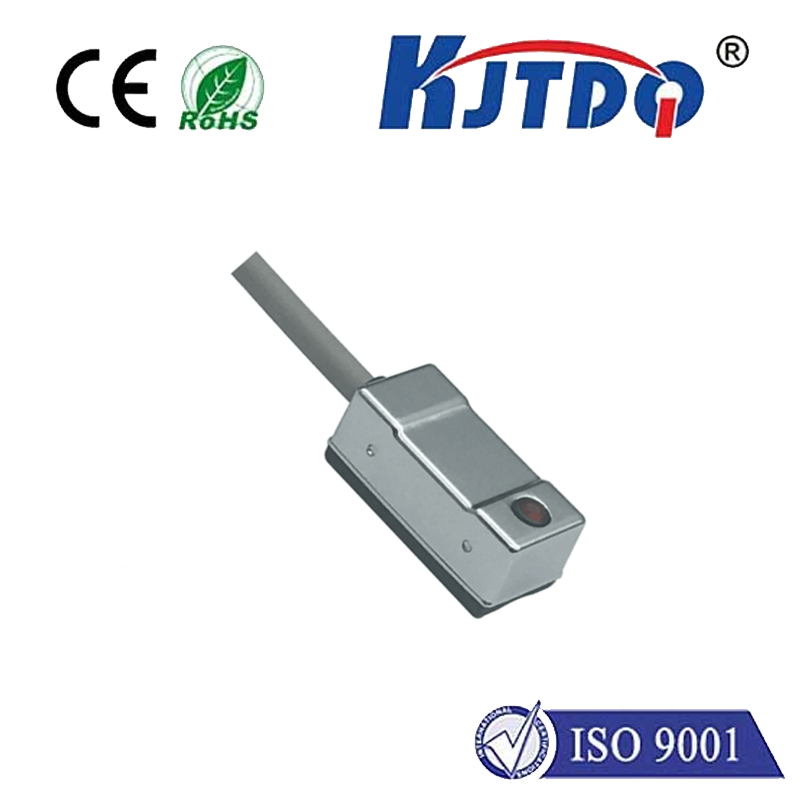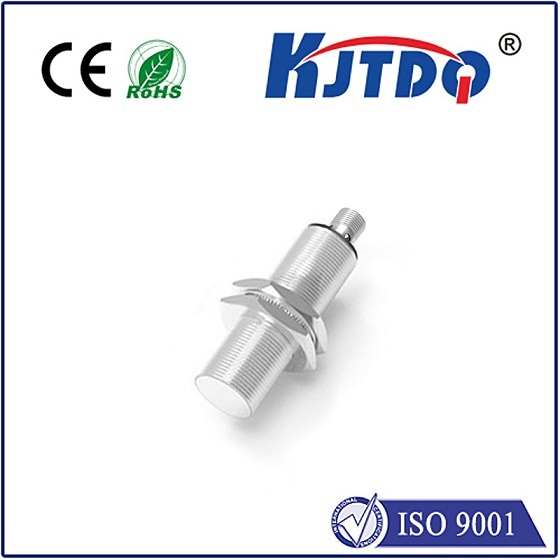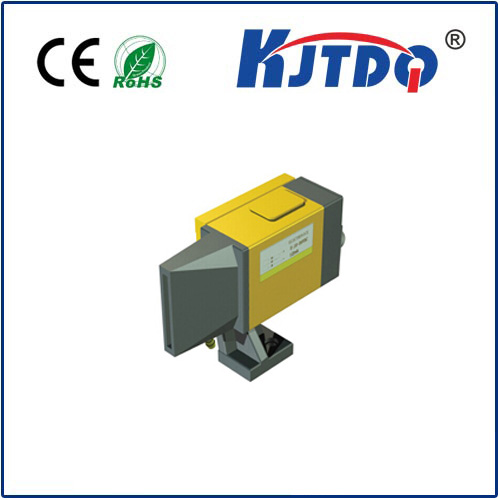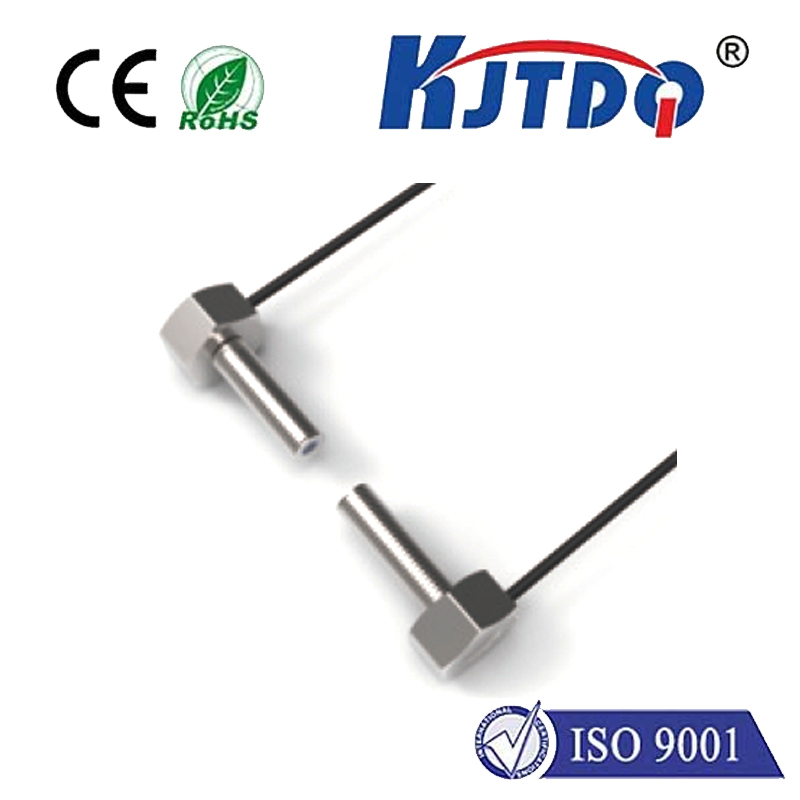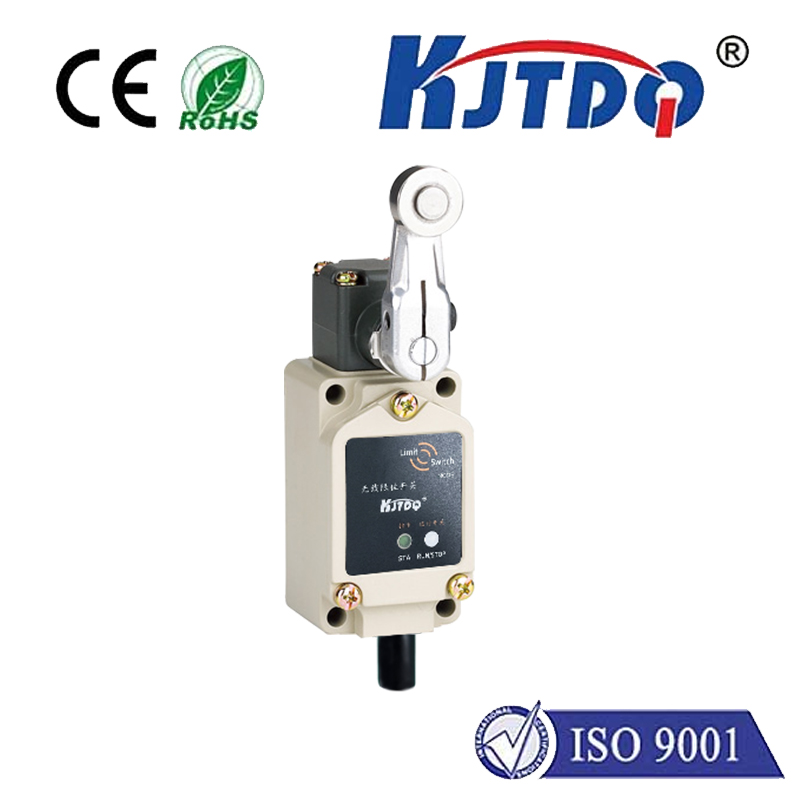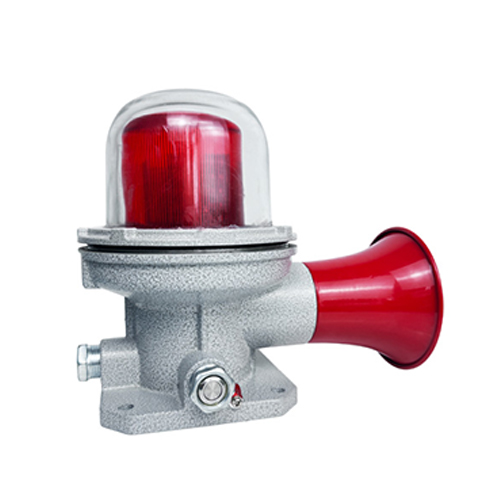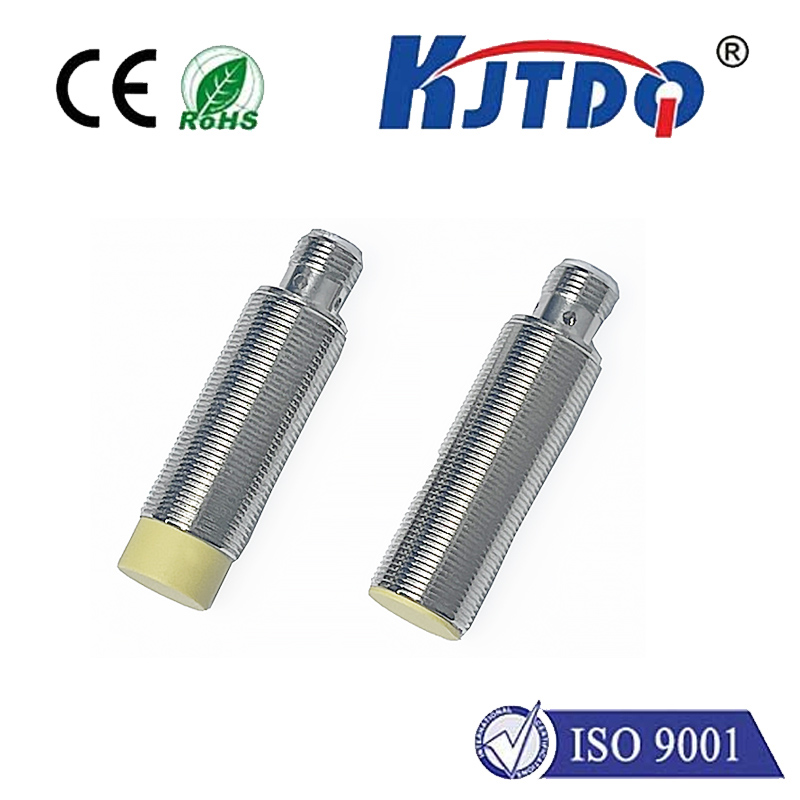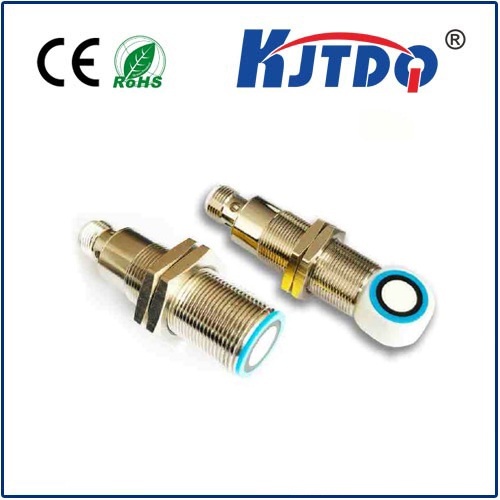photoelectric proximity switch
- time:2024-10-16 03:45:46
- Click:0

Title: Understanding the Mechanics of a Photoelectric Proximity Switch
Introduction
The photoelectric proximity switch is an essential component in the world of industrial automation. It operates based on the principle of light reflection and refraction, and its applications are as diverse as they are crucial. This article delves into how it works, its types, applications, and benefits.
How Does a Photoelectric Proximity Switch Work?
A photoelectric proximity switch uses a beam of light to detect the presence or absence of an object. The device consists of an emitter that produces the light beam and a detector that receives it. When an object interrupts this beam, the detector sends a signal to the controller, which then can respond in a pre-programmed manner. This technology is contactless, meaning it doesn’t wear out due to physical interaction with detected objects, contributing to its longevity and reliability in industrial settings.
Types of Photoelectric Proximity Switches
There are several types of photoelectric proximity switches, primarily distinguished by how they handle the reflected light:
- Diffuse Reflective Switches: These switches emit a light beam that reflects off any object in its path back to the detector. They work well for most applications and are easy to set up.
- Specular Reflective Switches: Unlike diffuse switches, specular switches use a mirror for reflecting the light back to the detector. They are best suited for applications where the detected object has a smooth surface.
- Transmission Switches: In these switches, the emitter and detector are on opposite sides. The light beam must pass through a slot and be interrupted by an object for the detector to activate. These are typically used in safety devices like photoelectric eyes in elevators.
- Focusable Switches: These allow the user to adjust the focus of the light beam, making them suitable for applications where precise targeting is necessary.
Applications of Photoelectric Proximity Switches
Photoelectric proximity switches are widely used across various sectors due to their versatility and reliability. Common applications include:
- As counters or fill level sensors in manufacturing and packaging lines to ensure products are correctly produced and packaged.
- In access control systems for doors and gates.
- To monitor the presence of machines or robots on production lines, synchronizing operations, or ensuring safety.
- In security and surveillance systems to detect motion or unauthorized entry.
- In warehouses to count inventory levels or trigger automatic lighting controls.
Benefits of Using Photoelectric Proximity Switches
The adoption of photoelectric proximity switches comes with numerous advantages:
- Non-contact Detection: Eliminating moving parts reduces wear and tear, leading to less maintenance and longer operational life.
- Versatility: Capable of sensing a variety of materials—metal, plastic, wood, liquids, etc.
- Speed: Can operate at high speeds, making them suitable for fast-moving assembly lines.
- Customizability: Many models offer adjustable sensitivity and timing to fit specific application needs.
- Safety: Often used in critical safety applications, such as emergency stops on machinery.
Conclusion
The photoelectric proximity switch stands as a testament to the innovation and ingenuity that drive the field of industrial automation forward. Its ability to function without physical contact, coupled with its adaptability, makes it indispensable in various applications. From enhancing operational efficiency to bolstering safety measures, the role of photoelectric proximity switches in modern industry cannot be overstated.












